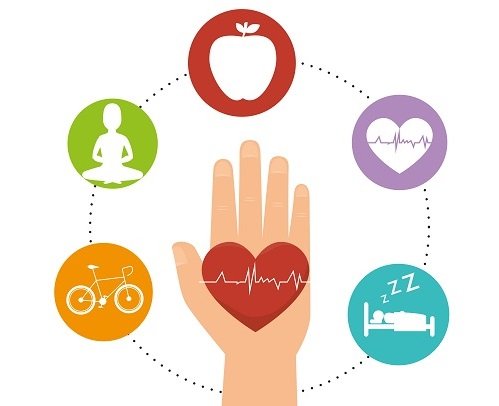Mindful Breathing: A Stress and Anxiety Reduction Technique
The practice of mindful breathing, a cornerstone of mindfulness-based stress reduction (MBSR), offers a powerful technique for managing stress and anxiety. This article explores the physiological and psychological mechanisms underlying its efficacy, outlining practical applications and strategies for integrating this technique into daily life. Key concepts include mindfulness, the non-judgmental awareness of present moment experience, and the relaxation response, a physiological state characterized by decreased sympathetic nervous system activity and increased parasympathetic activity.
The physiological basis of mindful breathing's effectiveness lies in its impact on the autonomic nervous system. Through controlled breathing exercises, individuals can directly influence their heart rate variability (HRV), a measure of the balance between sympathetic (fight-or-flight) and parasympathetic (rest-and-digest) nervous system activity. Increased HRV is associated with improved emotional regulation and reduced stress reactivity. This aligns with the Polyvagal Theory which posits that regulation of the autonomic nervous system is crucial for emotional well-being and stress management. Mindful breathing activates the parasympathetic nervous system, counteracting the effects of stress hormones such as cortisol and promoting a state of physiological calm. This, in turn, can lead to lower blood pressure, improved sleep, and enhanced mood, consistent with findings in the field of psychophysiology.
Practical application of mindful breathing involves cultivating present moment awareness of the breath. This can be achieved by focusing attention on the sensations of inhalation and exhalation, noticing the rise and fall of the chest or abdomen. A structured approach is beneficial. One effective method is the 4-7-8 technique: inhaling for a count of four, holding for seven, and exhaling for eight. This controlled rhythm helps regulate breathing patterns and promotes relaxation. Another technique is box breathing, involving equal durations for inhalation, holding, exhalation, and holding again, creating a rhythmic and calming effect. The consistency of these techniques engages the cognitive aspects of mindfulness training.
Mindful breathing can be integrated into daily routines at various points. Short sessions, even as brief as 1-2 minutes, can be incorporated throughout the day, such as during work breaks or before challenging tasks. Utilizing established behavioral change models, like the Transtheoretical Model, which focuses on stages of change, gradual integration is recommended. Beginners can start with shorter sessions and gradually increase duration and frequency, fostering habit formation. Pairing mindful breathing with existing routines, such as brushing teeth, improves adherence. The use of mobile applications or online resources provides guided meditations which aid in establishing the practice.
The benefits of mindful breathing extend beyond stress reduction. Regular practice enhances self-awareness, allowing individuals to observe thoughts and emotions without judgment. This aligns with the principles of acceptance and commitment therapy (ACT), which emphasizes the acceptance of difficult thoughts and feelings as a pathway to increased psychological flexibility and improved well-being. By observing rather than reacting to emotional states, individuals develop resilience and improved coping mechanisms. This enhanced self-awareness extends to situations requiring emotional regulation, such as public speaking or high-pressure environments.
While mindful breathing offers a valuable tool for stress and anxiety management, it's not a standalone solution. It functions most effectively as part of a broader self-care strategy that may include sufficient sleep, regular exercise, balanced nutrition, and social support. Integrating mindful breathing into a holistic approach will yield the most significant results. Additionally, for individuals experiencing severe or persistent anxiety or stress, seeking professional support from a mental health professional is crucial. Mindful breathing can complement professional therapy and improve its efficacy.
Conclusions and Recommendations
Mindful breathing, supported by established physiological and psychological principles, is a readily accessible and effective technique for stress and anxiety reduction. Its integration into daily life through structured practice and mindful application significantly improves emotional regulation and psychological well-being. Further research could explore the optimal duration and frequency of mindful breathing practices for different populations and contexts. Investigating the combined effects of mindful breathing with other mindfulness-based interventions, such as meditation and yoga, would also provide valuable insights. Encouraging the use of technological tools and resources to support the practice and promoting access to professional guidance for individuals with severe mental health challenges are essential steps in expanding access to and maximizing the benefits of mindful breathing as a powerful self-care tool.





No comments yet. Be the first to share your thoughts!